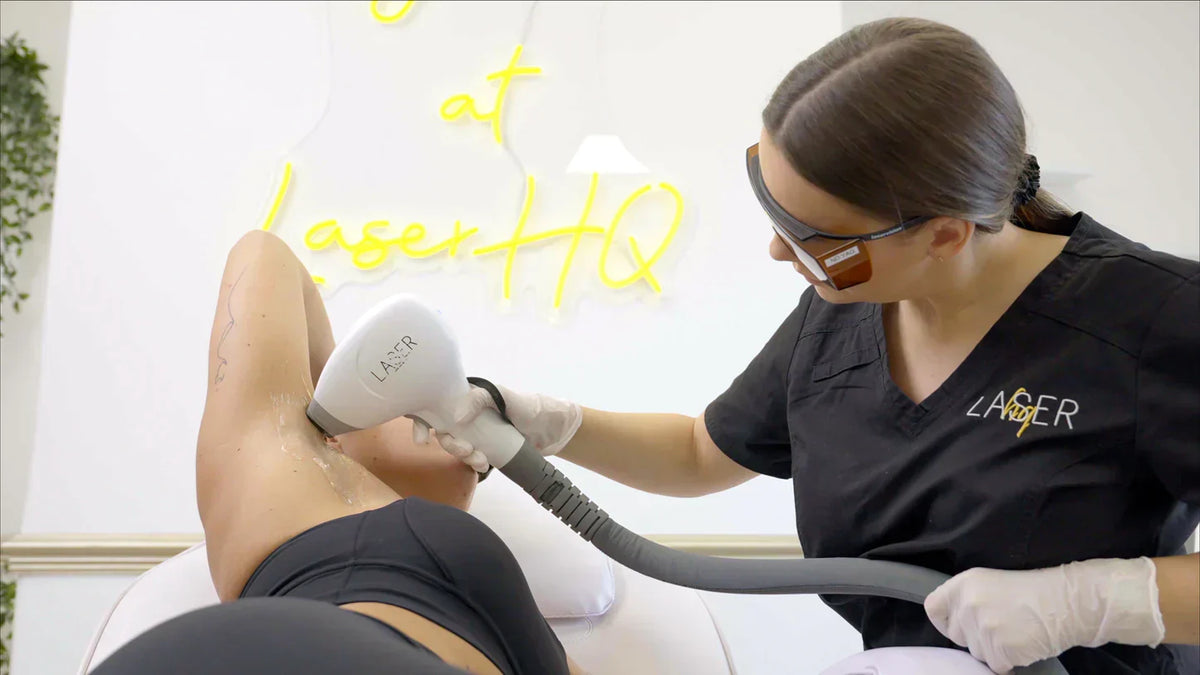Living by the river is a dream for many, but the extra moisture, wind and flood risk mean your windows do far more than frame a pretty view. The right glazing helps keep condensation, draughts and noise under control while making your home more energy-efficient. From high-performance double glazing and moisture-resistant uPVC or composite frames to clever styles like tilt-and-turn, casement or awning windows, small design choices can make a big difference to comfort and heating bills in a riverside home. Even large sliding or fixed picture windows can be part of a low-impact home when paired with quality seals and thermally efficient glass. On Friendly Turtle EcoBlog, we love exploring these practical, planet-friendly upgrades the kind that protect your home, tread more lightly on local waterways and still let you enjoy those calming river views day after day.
Share your articles with us and get published! Reach out at hello@friendlyturtle.com.
Natural Skin Care After Laser Hair Removal

The moment you leave the treatment room, your skin feels not quite right: a faint, buzzy heat that says something just happened down in the follicles. That sensation is completely normal, but the way you treat those first few days decides whether you coast through the recovery or spend a week googling “itchy red bumps - help.” Here’s a simple guide to keeping things calm.
Treat it like fresh sunburn for 48 hours
If you’ve ever come home from the beach slightly pink, you already know step one. Dial the shower temperature down, skip steamy baths and resist the urge to scrub with your favourite lavender body wash.
Pat‑dry with the softest towel you own - yes, even if that means commandeering the guest towels - and give tight waistbands a break. The idea is to keep friction and heat to a minimum while the microscopic “zaps” you got at LaserHQ settle down.
Reach for plain, chilled products
A squeeze of fridge‑cold aloe vera feels like a tiny sigh of relief on treated skin. If aloe isn’t your vibe, any fragrance‑free lotion that lists glycerin, ceramides or panthenol high on the label will do the job. What you don’t want are tingling oils, citrus scents or those “energising” menthol gels that sound refreshing but hit like pepper spray on tender skin. Apply a thin layer morning and night until the warmth fades.
Park the fancy active gels
Retinol, glycolic acid, vitamin C serum, - consider them all on holiday for at least a week. Laser doesn’t break the surface, yet it leaves the barrier a bit jumpy; piling on exfoliating acids or strong antioxidants is like asking it to run a marathon the day after ankle surgery. Stick to a gentle cleanser (look for words like “milk” or “balm”) and keep the rest of your routine boring. Your complexion will thank you later.
The two‑week sun rule
Freshly zapped follicles despise UV rays. Even a quick dash to the shop can leave you with patchy dark spots if you go out unprotected. A broad‑spectrum SPF 30 or higher is non‑negotiable on any exposed area, and you need to reapply if you’re outside longer than a lunch break.
Sunbeds are a hard no, and fake tans - spray or mousse - should wait the same two weeks. The guide colour clings to tiny scabs and you’ll end up looking like a speckled egg.

Sweat, salt and slow re‑entry
Sweat is salty, salt is irritating. Give the gym, hot yoga and saunas a forty‑eight‑hour break. When you do get back to working out, wipe down equipment before use and shower promptly afterwards. Hold off on sugar or salt scrubs for a full week or two; gentle circular motions with a soft washcloth are enough to coax out the singed hairs that will shed on their own.
Aftercare sounds like a faff, yet it’s only a short detour on the road to low‑maintenance skin. Handle the first week gently and you lock in the smooth payoff for months, sometimes years. Skip it, and you risk turning a straightforward procedure into a prolonged battle with irritation. Think of the routine as letting fresh paint dry: give it the quiet it needs now, and you’ll admire the flawless finish every time you step out into the sun.
0 comments
Let customers speak for us
Blog posts
Making your own ice might seem like a tiny habit, but it can quietly cut waste and carbon in a big way. When you freeze water at home in reusable trays or an efficient freezer, you skip the single-use plastic bags, transport emissions and constant industrial refrigeration that come with store-bought ice. You also control the quality of the water you freeze, which means cleaner cubes in your glass and fewer hidden additives in your drinks. With a modern, energy-efficient freezer or under-counter ice maker, the electricity you use stays local, steady and relatively low impact especially if you’re already trying to run a lower-waste kitchen. Pair that with thoughtful water use (only freezing what you need) and suddenly a very ordinary daily habit becomes part of your sustainability toolkit. On Friendly Turtle EcoBlog, we love these small, repeatable swaps the kind that fit neatly into everyday life while still nudging your home towards a lighter footprint.
Utility trailers are a surprisingly powerful ally in sustainable gardening and low-waste home care. As highlighted in this Friendly Turtle EcoBlog post, they simplify the movement of garden waste, compost, and reclaimed materials, encouraging greener routines with less effort. Whether you’re trimming hedges, tidying your shed, or tackling DIY repairs, a trailer makes the process smoother and reduces fuel use and plastic reliance. It also supports better organisation and smarter recycling. Choosing the right trailer helps avoid overconsumption while extending the life of your tools. This simple addition turns everyday tasks into eco-conscious actions and makes it easier to maintain a cleaner, greener garden all year round.



